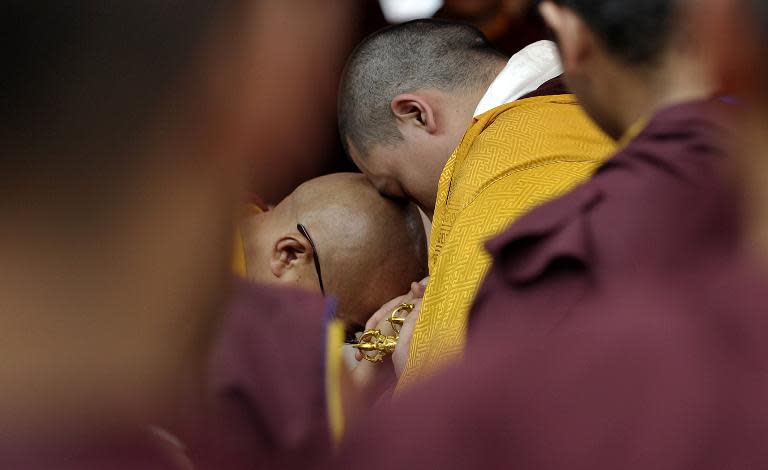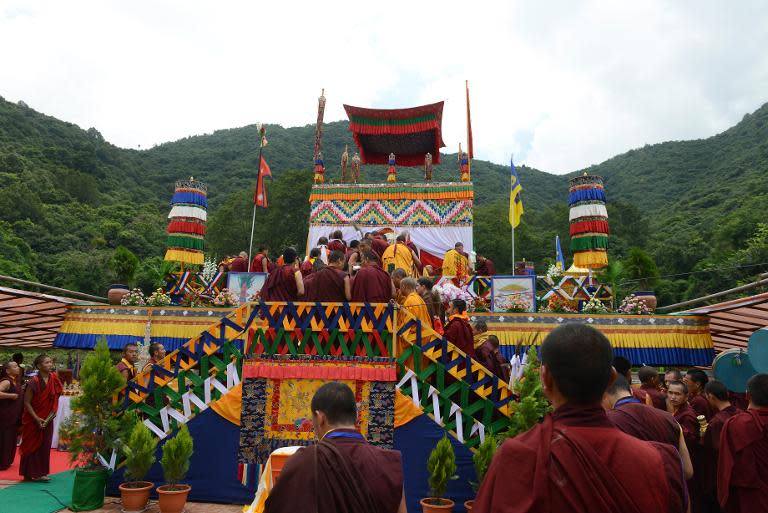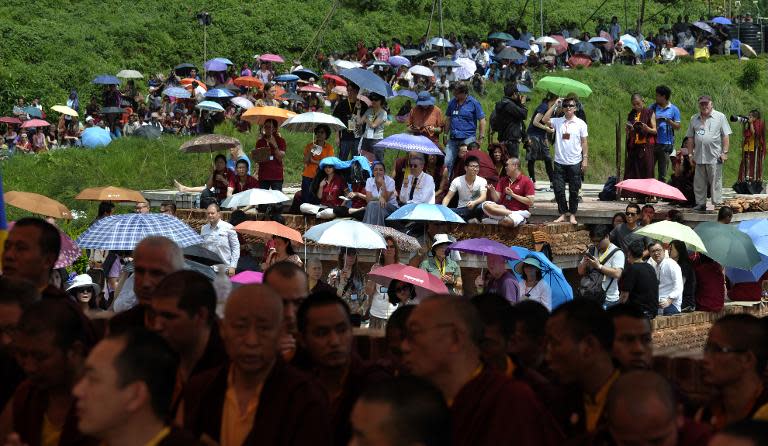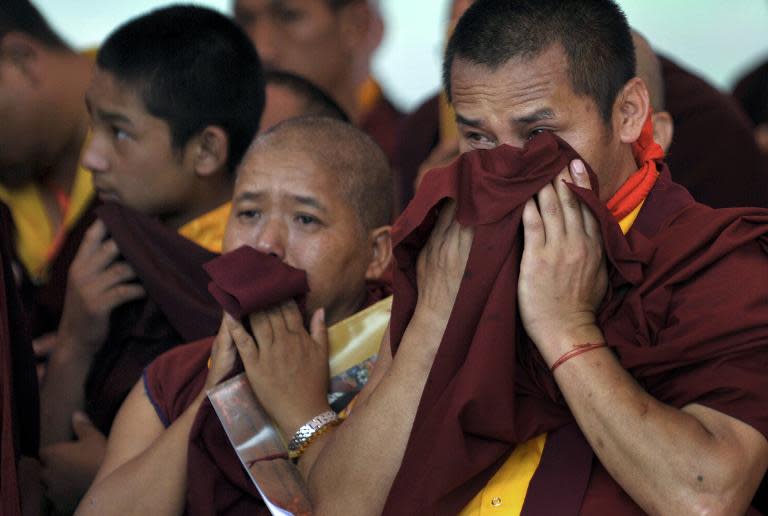Tibetan monk cremated in Nepal despite China controversy
Thousands of mourners, many in tears, gathered in Kathmandu to pay tribute to a senior Tibetan Buddhist monk whose cremation was initially blocked by Nepal, sparking claims it had caved to pressure from China. Monks chanted prayers and played traditional music as they lit the funeral pyre under the shade of a multicoloured canopy surrounded by Buddhist flags. Nepal, which had initially granted approval for Kunzig Shamar Rinpoche's body to be transported to Kathmandu from neighbouring India for cremation, retracted permission two weeks later, fuelling accusations that it was bowing to pressure from Beijing. Kathmandu denied the claims and said it did not know that Rinpoche, who died of a heart attack in Germany last month, held a Bhutanese passport when the original permit was issued. The Himalayan nation, home to around 20,000 Tibetans, is under intense pressure from China to contain the activities of exiles who have fled their homeland. After intense lobbying from Tibetan Buddhist scholars and followers, Nepal overturned its earlier ban but warned against hosting "any other function other than last rites" at the funeral site. Organisers said an estimated 20,000 people attended the ceremony, including thousands who had flown in from overseas. "He is not just a spiritual leader, but like a father to us. I had to be here," said Joseph Chan, a 38-year-old American. Rinpoche, 62, was the 14th Shamarpa of the Karma Kagyupa lineage, also known as the Red Hat Lama of Tibet, and one of the most senior figures in Tibetan Buddhism with followers in Asia and Europe. "I have known him for 25 years. He has guided my studies and my life," Jan Lazicki, a 57-year-old printing engineer from Poland, told AFP. Rinpoche's body was cremated in a special ceremony at the Shar Minub Institute in Kathmandu, a monastery built by him. Organisers had put up screens live-streaming the ceremony for Rinpoche's followers. As smoke rose above the monastery, many burst into tears while others chanted, holding prayer beads in their hands. "He had chosen Nepal for his cremation and we are happy that the government understood and allowed this ceremony," said Tsering Dhundup from the Shamarpa Foundation, which had organised the proceedings.





